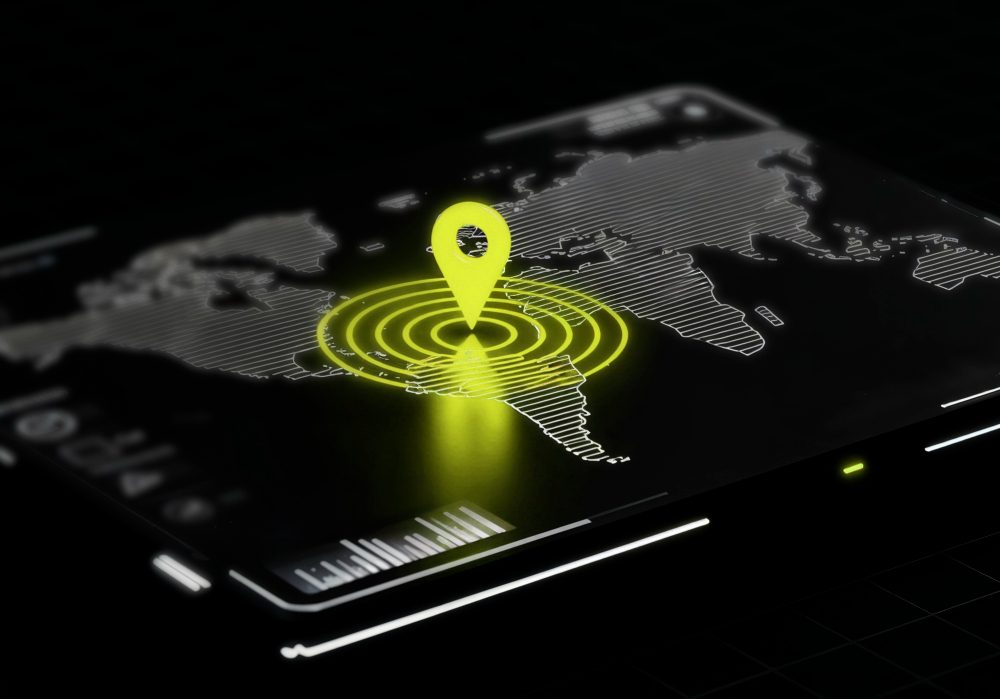INTRODUCTION
Globalisation, a characterising feature of the 21st Century, is fast shrinking the world into a borderless global village. This trend is being facilitated by advancement in technology by which people and information residing miles apart are readily accessible through one or few clicks on a simple digital device, such as a smartphone or the iPad. A new digital revolution is said to be underway in which about 30% of global population is actively living in the cyberspace, in real terms.
Today, virtually all business transactions and other daily human endeavours (teaching, learning, sales and promotional activities, commercial transactions, shopping, procurement, supply, payments, banking, insurance and professional services) take place via online platforms. The world’s growing cyberspace is driven by new innovations which are increasingly being aided by modern computer technologies, the Big Data phenomenon and the Internet of Things (IoT).
Since activities which, before the computer age, took place only in the physical spheres like land, air and the sea (but are now taking place over the cyberspace) are governed by laws made to handle the peculiar natures of those spaces; it is imperative that cyber laws are enacted in order to cater to the needs of, as well as the problems emanating from, doing business through the cyberspace.
Many advanced countries of the world had long enacted their respective cyber laws. However, online transactions continued in Nigeria for a long time without any specific governing law, thereby posing great risks to individuals, businessmen, organisations and even the government; some of whom in many instances in the past, had fallen victims to cybercrimes without any concrete legal regime for seeking redress. Succour, however, came in May 2015 when the Cybercrimes (Prohibition, Prevention, etc.) Act 2015 (the “Cybercrimes Act”) – was signed into law.
Apart from criminalising certain acts, prescribing punishments for their commission and creating an institutional and enforcement framework, the Cybercrimes Act addresses most of the lacunae which had hitherto rendered the Nigerian cyberspace unsafe for transacting business. However, in addition to potentially improving investors’ confidence in the Nigerian e-business environment, the Cybercrimes Act has also generated fresh risk management issues.
This article takes an analytical look at why the enactment of the Cybercrimes Act is considered a milestone in electronic commerce and the potential major impacts it may have on domestic and international commercial transactions undertaken in Nigeria.











